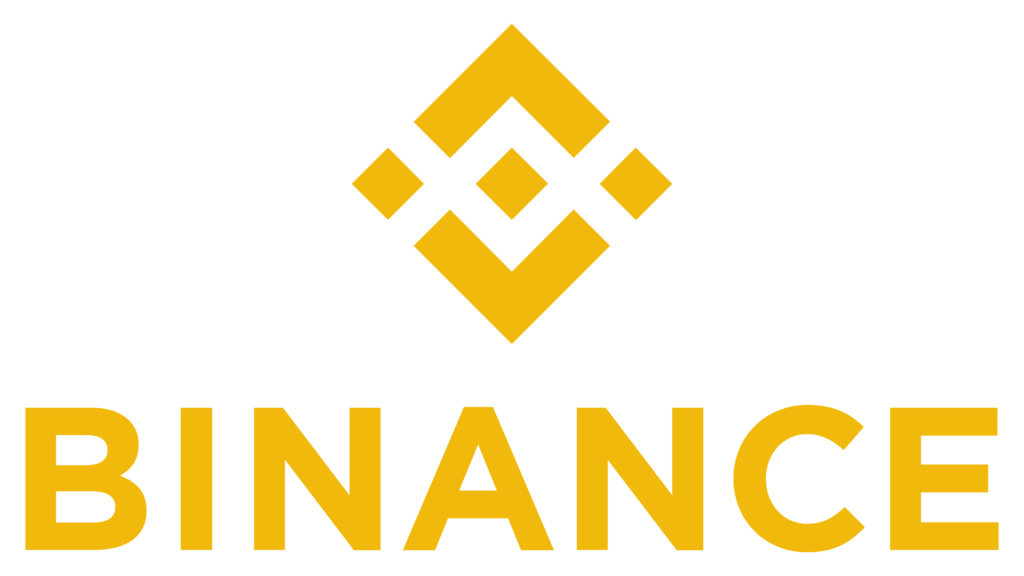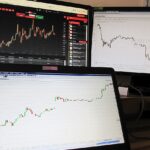Active investing is a strategy where investors actively manage their portfolio and make frequent buying and selling decisions to beat the market and generate higher returns. This article provides an overview of active investing and discusses various strategies and techniques used by active investors.
Defining Active Investing
Active investing is in contrast to passive investing, where investors aim to replicate the performance of a specific index or market by investing in index funds or exchange-traded funds. The goal of active investing is to outperform the market by utilizing various investment strategies and techniques.
Strategies Used by Active Investors
Active investors employ a range of strategies to identify investment opportunities and maximize returns. Some common strategies include:
- Value Investing: This strategy involves identifying undervalued stocks and investing in them with the belief that their market price will eventually rise to reflect their true value.
- Growth Investing: Growth investors focus on companies that have high growth potential, even if their current stock prices might be considered overvalued. They invest in these companies with the expectation that their earnings and stock prices will continue to grow.
- Momentum Investing: Momentum investors identify stocks that are exhibiting an upward trend and invest in them, expecting the trend to continue. They aim to benefit from the market’s tendency to follow trends and momentum.
- Contrarian Investing: Contrarian investors take a different approach by buying stocks that are out of favor with the market. They believe that these stocks are undervalued and have the potential for a rebound.
Techniques Used by Active Investors
Active investors also utilize different techniques to analyze stocks and make informed investment decisions. Some common techniques are:
- Fundamental Analysis: This technique involves analyzing a company’s financial statements, management team, competitive advantage, and overall industry conditions to determine its intrinsic value.
- Technical Analysis: Technical analysts study stock price patterns, trading volume, and other market indicators to predict future price movements. They use charts and patterns to identify trends and make buy or sell decisions.
- Quantitative Analysis: Quantitative analysts use mathematical models and statistical techniques to analyze large amounts of data and identify patterns and relationships that might go unnoticed with traditional analysis methods.
- Macro Analysis: Active investors also analyze macroeconomic factors such as interest rates, GDP growth, and geopolitical events to determine the overall direction of the market and make investment decisions accordingly.
Comparing Active Investing to Alternative Strategies
| Strategy | Definitive Features |
|---|---|
| Active Investing | Managers make frequent buying and selling decisions to beat the market |
| Passive Investing | Investors replicate the performance of a specific index or market |
| Value Investing | Investing in undervalued stocks with the expectation of their market price rising |
| Growth Investing | Investing in high-growth companies with the expectation of increasing earnings and stock prices |
| Momentum Investing | Investing in stocks that exhibit upward trends, expecting the trend to continue |
| Contrarian Investing | Buying out-of-favor stocks with the belief that they are undervalued and will rebound |
Frequently Asked Questions
- Is active investing riskier than passive investing?
Active investing can be riskier than passive investing due to higher transaction costs and the potential for making incorrect investment decisions. Active investors need to carefully manage their portfolio to avoid significant losses.
- Can active investing consistently outperform the market?
While active investing offers the potential for higher returns, consistently outperforming the market is challenging. Many active fund managers fail to beat the market consistently over the long term.
- What factors should I consider before becoming an active investor?
Before becoming an active investor, it’s essential to assess your risk tolerance, time commitment, and knowledge of investment strategies. Active investing requires active management and continuous monitoring of the market conditions.
Conclusion
Active investing provides investors with an opportunity to potentially outperform the market by actively managing their portfolios and utilizing various strategies and techniques. However, it is crucial to remember that active investing involves inherent risks and requires a deep understanding of the market and investment strategies. It is recommended to thoroughly research and evaluate the suitability of active investing based on individual goals and risk tolerance.






